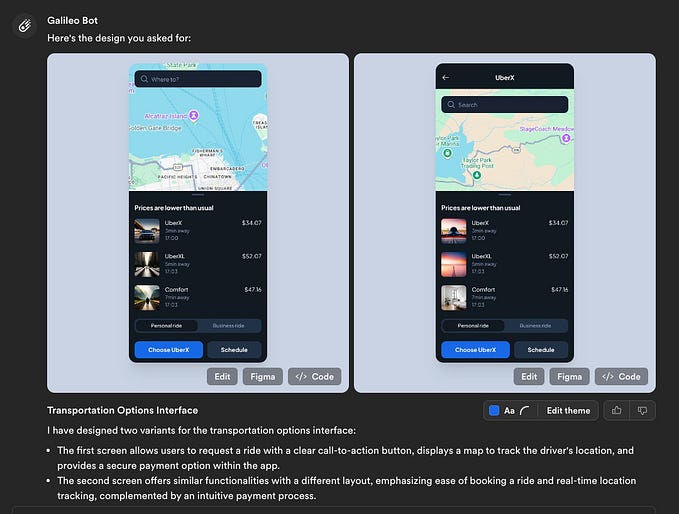How AI solves UX/UI design problems?
Every business struggles to look for cutting-edge ways for increasing the bottom line. In the past, many varied methods have been used over the years to achieve this means. However, along with the brand the customer behavior also added as a necessary element to the business. Therefore, UI/UX designs are getting more attention nowadays as they help to achieve user-friendliness which is required to promote the brand and increase revenues.
Artificial Intelligence (AI) is no longer a new word in the business world. AI has tremendous benefits in every aspect of the businesses be it sales, content management system, data analytics and much more. It also strives to achieve success by implementing some modules for the problems of UI/UX designs. AI is arising as an effective tool to bring a better user experience for every individual. This seeks to personalize the user experience positively by using readily available data.
AI externalizes the UX
UX design mainly focuses on human behavior to make it user-friendly and easy to use. This is done by gathering information about the user’s behavior in order to make out what a particular user would find more appealing in common. The design teams are able to figure out from information derived from AI to pick design problems and create applications based on personalized preferences.

Intelligence Algorithms Apply User Behaviors for Optimization
AI algorithms simplify and ease out the process of improvised user experience by utilizing the information derived to revise user behaviors. This settles down in more personalized designs that are able to provide, the better individual user experience.
Quantitative Usability Testing
It allows a huge amount of information to catch on by a user or group of users. Information includes the device used by the user accessing via the website or location, session time and length, application origin, drop rates, screen recordings, user flow, number of visitors in a day and many more crucial bits of data.
Availability of Right Tools
AI has the ability to create numerous design variations to respond to users shortly. This paired with the information regarding user behaviors utilize both psychology and design-based approaches which makes it available for the user. In addition to this, deep understanding of the products of the UX team makes it easier to predict the user response.
Eliminates One-sided Testing Approach
AI deals with the A/B testing, which considers a majority of votes rather than individual opinion. Man-made reasoning varies from this type of information-driven critical thinking by setting an accentuation on each client, with the end goal to make an ideal client encounter for everybody. It is a binary approach that does not clasp data that is not majority based.
Incorporating Information Architecture and AI for UX
Progression of AI depends on better design along with the appropriate information architecture (IA). IA is important for content tagging based on the relevance of the user while AI generates a relationship between the data by identifying trends. Such cross-linking of the data becomes a smooth function and helps businesses to focus on the end users requirements and fetch effective results by allowing an interface to navigate through massive data.
Wrap Up
Clearly, the systems have all the arrangements and coordinating capacity of a human, yet the item encounter can’t be satisfied alone. AI helps to automate the repetitive tasks to focus more on the strategic decision of design. This helps to create a superior and personalized experience. Man-made intelligence can get to a plenitude of observational noteworthy information making a more prominent capacity of UX groups to correctly improve the client encounter. In this way dispensing requirement for wide testing techniques that do not permit more particular centered information to be uncovered.






